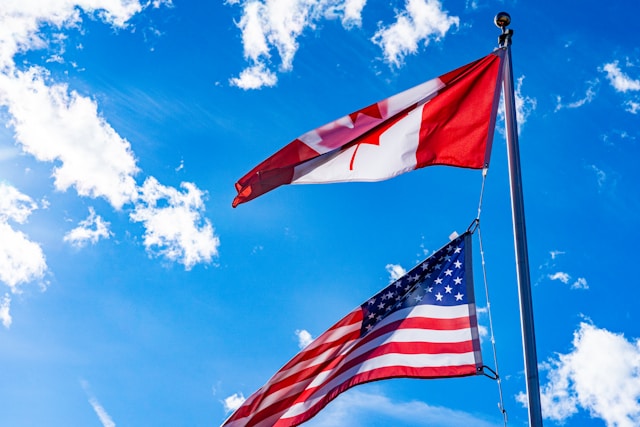Steel mills in Ontario are watching, but relief is nowhere in sight as another round of U.S. tariff disputes heads to the Supreme Court. For Canada’s core sectors, the stakes could not be higher—and the fallout is hitting close to home.
This week, the U.S. Supreme Court weighs cases challenging President Donald Trump’s sweeping use of national security statutes to impose tariffs. Canadian industries from steel and aluminum to lumber and automobiles remain squarely in the line of fire, regardless of the legal outcome. While Barrie’s manufacturers hope for clarity, the complexity of U.S. trade law keeps uncertainty alive.
Canada’s steel, aluminum, and lumber producers have faced heavy blows since Trump invoked Section 232 of the Trade Expansion Act to levy industry-wide tariffs. In March, a 25 per cent blanket tariff—ostensibly tied to a border emergency—sent shockwaves through supply chains, only to be raised to 35 per cent after the U.S. president cited a lack of cooperation from Ottawa. These moves, while framed as responses to the fentanyl crisis, have disproportionately punished sectors critical to Ontario’s economy.
Prime Minister Mark Carney has warned repeatedly that, even as negotiations continue, some duties will likely linger. The Canada-U.S.-Mexico Agreement (CUSMA) offers only limited reprieve; many Canadian goods still face steep tariffs, and sector-specific duties are not going away anytime soon. Local officials have scrambled to address U.S. concerns, appointing a ‘Fentanyl Czar’ and boosting border enforcement, but these steps have done little to ease the pressure on exporters in Barrie and beyond.
Legal arguments before the Supreme Court may shift the landscape, but experts like Carlo Dade of the University of Calgary argue that even a partial rollback leaves Canada uniquely exposed. If broad emergency powers survive, “we’re stuck with the anytime, anywhere, anyhow tariffs.” For Barrie’s industrial backbone, that means planning for unpredictability as global trade rules continue to be rewritten south of the border.
References:
How the U.S. Supreme Court’s tariff decision could impact Canada

